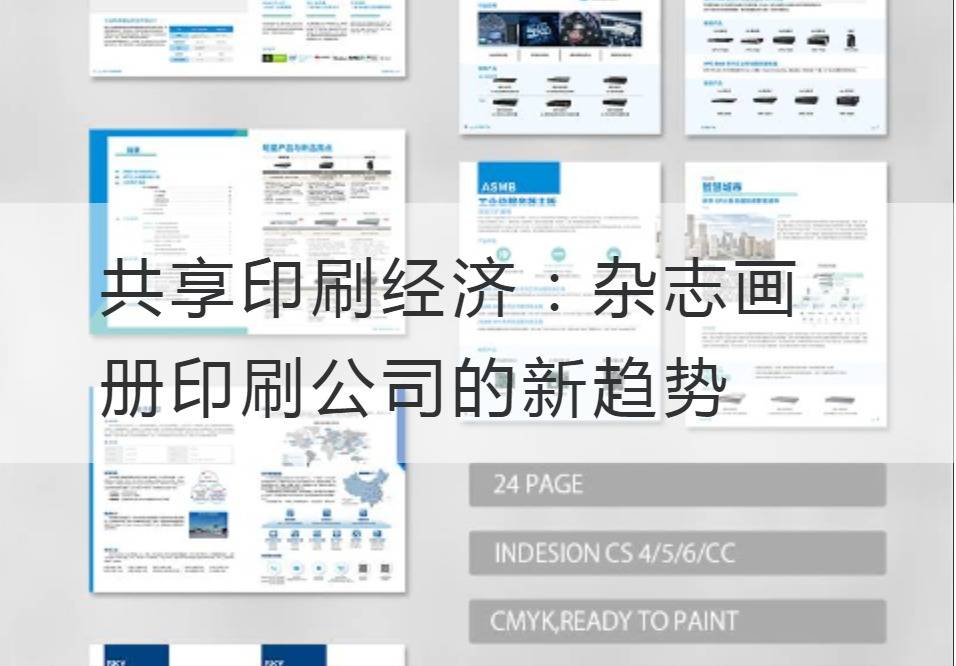Shared Printing Economy: New Trends in Magazine and Album Printing Companies
In the era of increasingly fierce market competition, the concept of "public system" is still highly popular among participants. The sharing economy, the decentralized dimension, has changed the way we work and live, giving us new opportunities for development. Widely used in a variety of industries, from car rentals to accommodation reservations, the concept is now bringing new trends in the image race of the shape printing industry.
The emergence of innovative shared printing models has not only broadened the business horizons of magazine and album printing companies, but also met the unique needs of potential customers. On the one hand, the model uses cloud computing technology and IoT automation to seize business opportunities that break time and geographical constraints. On the other hand, it reduces production costs, reduces waste, implements efficient business operations and robust environmental policies.

Previously, the printing of magazine albums was a time-consuming, expensive and environmentally polluting process, but now the shared printing economy is trying to change that. By using alternative printing materials and sustainable production models, magazine and album printing companies are actively responding to global environmental trends while providing products that are reasonably priced and of high quality to consumers.
For example, by using the latest LED-UV drying technology and eco-friendly inks, magazine and album printing companies can reduce their carbon footprint and make the printing process more environmentally friendly. This innovative printing technology makes the magazine albums more vibrant in color and fine in texture, giving them a highly professional print.
At the market level, the shared printing economy offers new business opportunities. Printing enterprises can reduce operating costs, improve work efficiency, and better serve consumers. These companies can also use cloud computing platforms to connect suppliers and customers in other industries to build a global business network, enabling information and resource sharing.
The rise of the shared printing economy has also changed the job market in the printing industry. Because in this model, printing companies no longer need to have fixed staff and fixed production facilities. They can use online platforms to rent equipment, hire freelancers, and respond more flexibly to changes in the market.
In general, the shared printing economy willAlbum Printing CompanyPushed to a new stage of development, it made the development of the printing industry possible. Facing the triple challenge of environmental protection, high cost pressure and high efficiency demand, this new trend continues to bring new ideas, new space and new opportunities to the industry, and is expected to be further extended and developed in the future.



